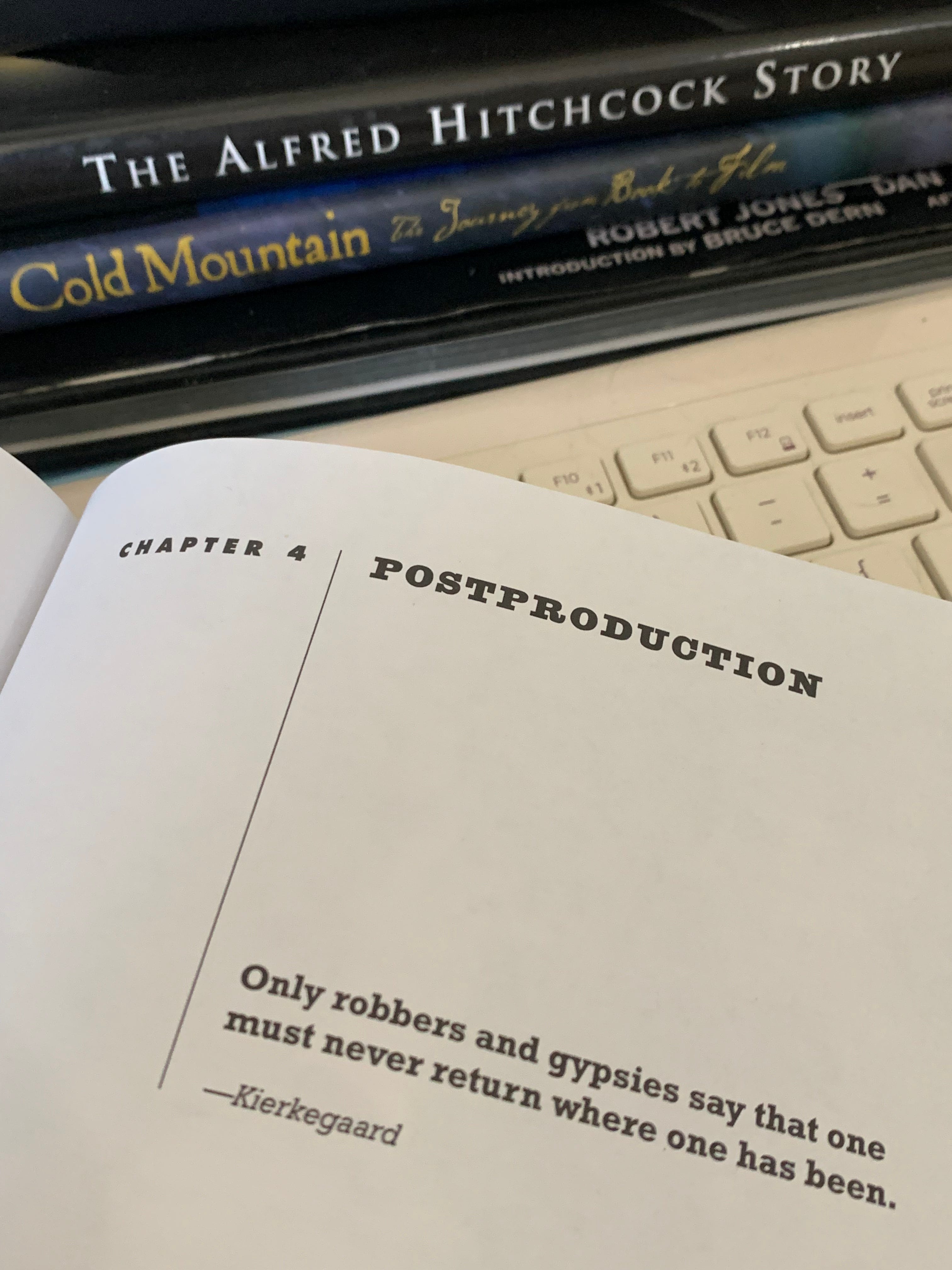Post-production: The final development of a film
After all the production work is finished, post-production begins. During post-production, the film is assembled and edited, and music, sound effects, and visual effects are added.
Alfred Hitchcock's post-production process
Hitchcock was known for his meticulous post-production process. He would often have multiple takes of each scene printed, and he would screen them carefully to select the best ones. If he wasn't satisfied with any of the takes, he would schedule a reshoot.
For example, in the first scene between Madeleine and Scottie in his living room in Vertigo, Hitchcock had to reshoot the medium close-up profile shot at Ernie's. The set had already been struck, so the team had to assemble the background that would be seen in the shot. The reshot moment doesn't 100% match the original Ernie's sequence, as the reshoot is more orange than red.
The bulk of post-production is spent in the editing room
The bulk of post-production is spent in the editing room, where the editor assembles the film's footage into a coherent and engaging story. The editor also works with the director to create the film's pacing and rhythm.
Keep reading with a 7-day free trial
Subscribe to Hitchcock’s Vertigo to keep reading this post and get 7 days of free access to the full post archives.




